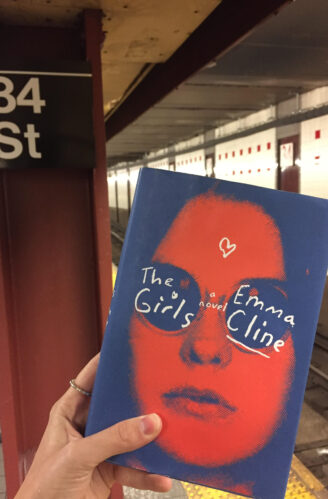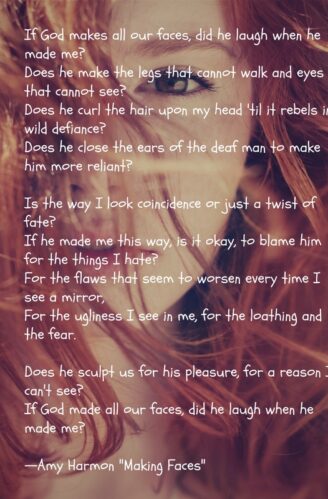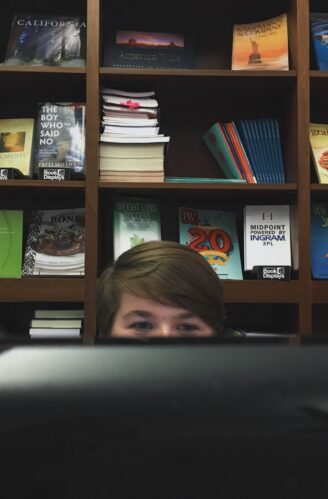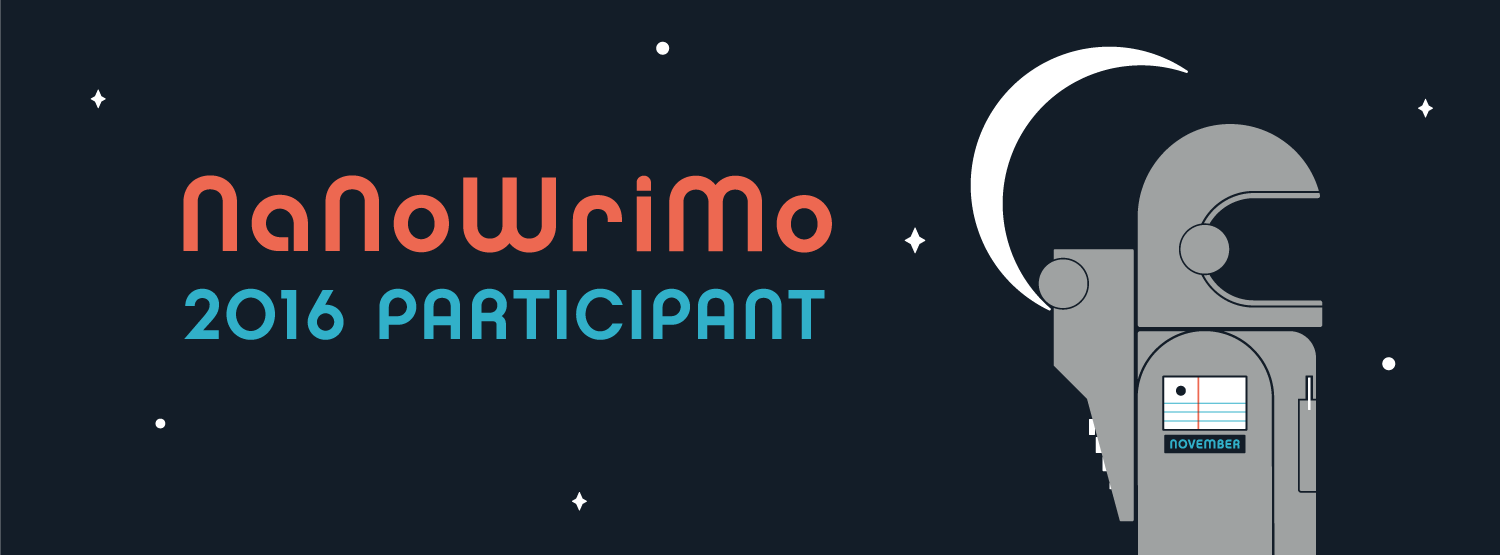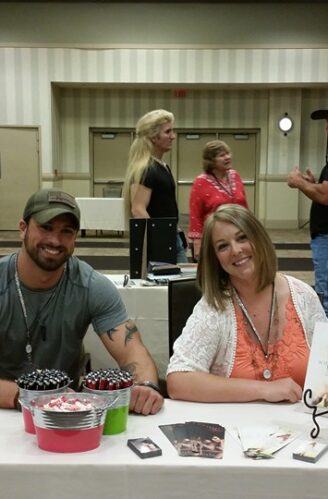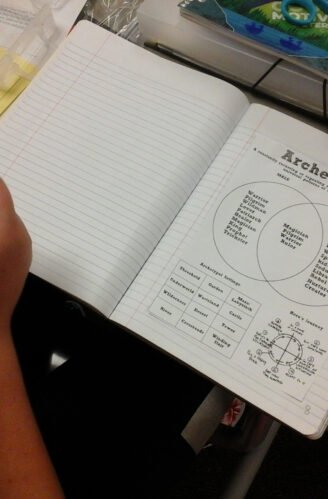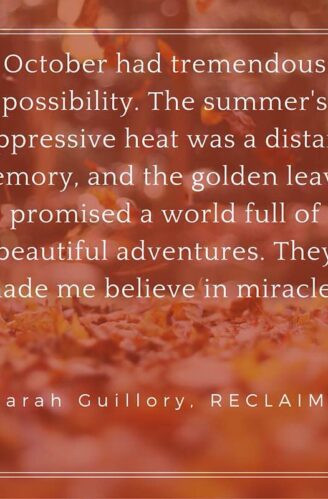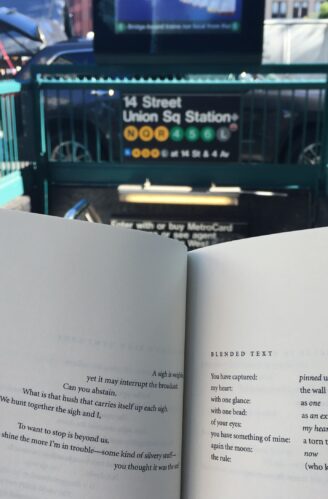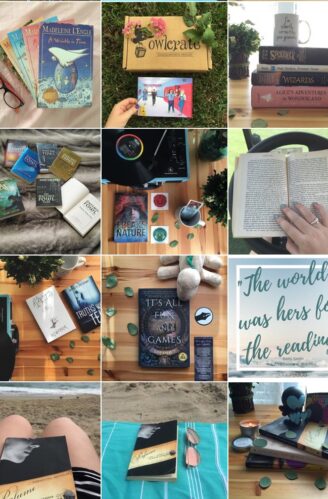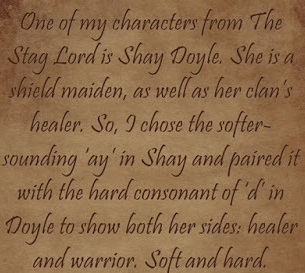Photographs were a critical part of writing my realistic contemporary YA novel, Hello?. My priority was to create authentic scenes. Without a camera to capture the details of the places mentioned in the novel, I wouldn’t have been able to go home and write scenes that leapt off the page. In addition, photos often inspired the plot and action. Here are some examples:
One of the main settings for Hello? is Washington Island, Wisconsin. Two of my characters live there, Tricia and Brian. I spent several weeks on the island, meeting locals, learning about the flora and fauna, and exploring as much of the area as I possibly could. One of those places was the cemetery. I found this worn marker on one of the old graves. At the time, I had no idea if it would have any significance for my novel, but it touched me deeply, so I took a photo. Weeks later, it turned into a pivotal scene in Hello?.

Sturgeon Bay is another critical setting for Hello?. Emerson, Angie, and Brenda—the three other main characters and narrators—live in Sturgeon Bay. The photo below was taken at Grant Park. Then high school student Savanna Townsend pointed to a spot on the Washington Street Bridge—one of three drawbridges leading into Sturgeon Bay. Savanna explained that locals would strip to their underwear and jump into the bay from the bridge. Near where she’s standing is a ladder. That’s where jumpers would swim to and climb out. I was fascinated by this story and eventually it became an important part of the novel.This photo helped me to add extra details and make the scene come alive.

This next photo was taken at Sunset Park in Sturgeon Bay. That’s Little Lake behind the geese. Sunset Park became a major part of the novel when I wrote several scenes that took place here. As a matter of fact, this very spot is where Emerson broke up with Angie. It’s where she dragged their picnic blanket into the lake and where she fell into the water. Later in the novel, Emerson returns to Sunset Park.

I’ve returned to Sunset Park on many occasions. This bench swing became the place for Emerson to eat lunch and look over the bay. It, too, became an important moment in the novel.
I even took photos of roads and street signs!
This zigzagging road was an important part of Hello?. Anyone traveling by car to visit Washington Island must use this road. Not only do I describe it in the novel, but it’s also a metaphor for life. It twists and turns and rises and dips. In other words—life! I haven’t met anyone who’s ever had a smooth, perfectly straight journey, and so this road has extra meaning in the novel.
It may only be a street sign, but in the novel, Boyers Bluff becomes the setting for Tricia’s lighthouse and where much of the island action takes place for the characters. I also gave Tricia the last name of Boyer.
This is part of Boyer’s Bluff. It leads to a light tower and the most spectacular views on the island! This photo, along with many others, helped me capture and describe the flora and fauna for the novel.
This last photo was taken at Jackson Harbor at sunrise. Since then, I’ve watched many sunrises on Washington Island from this pier. It became the inspiration for where Tricia and Brian had their first kiss and it also was the model for one of the drawings included in the novel.

I can’t imagine ever writing a book without taking photos to utilize for inspiration. Even if you don’t have a scene in mind yet, take those pictures! They can transform your work and add rich, authentic details that will make your scenes come alive. Happy snapping!
Liza Wiemer is the author of Hello?. Find her book on Amazon and Barnes&Noble.


